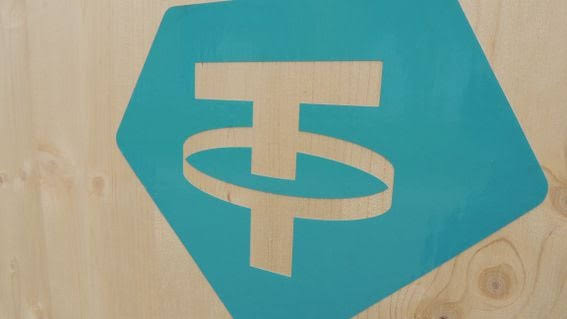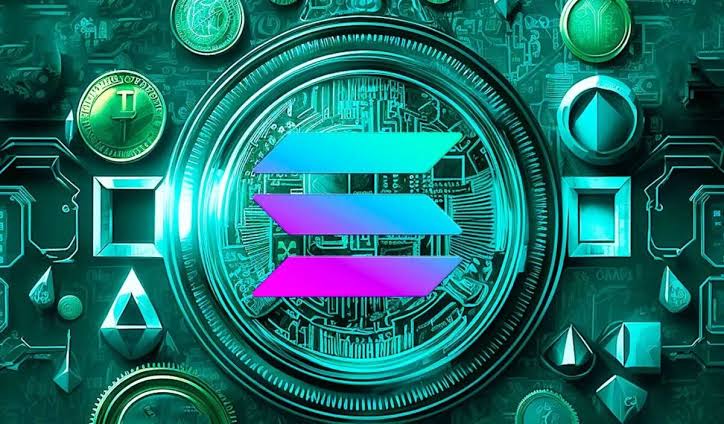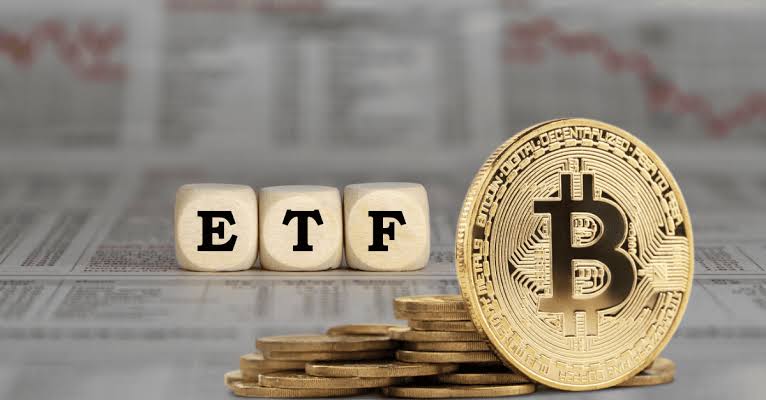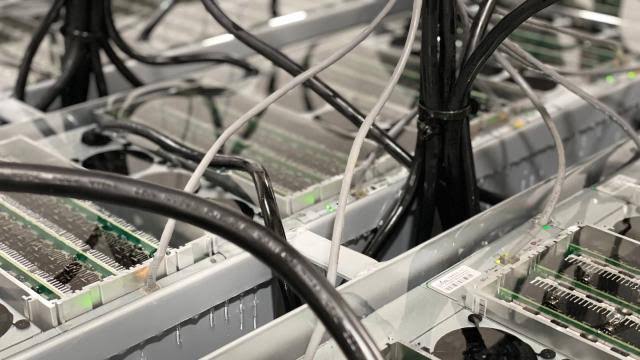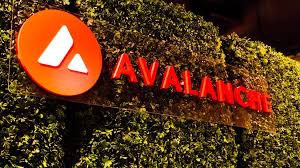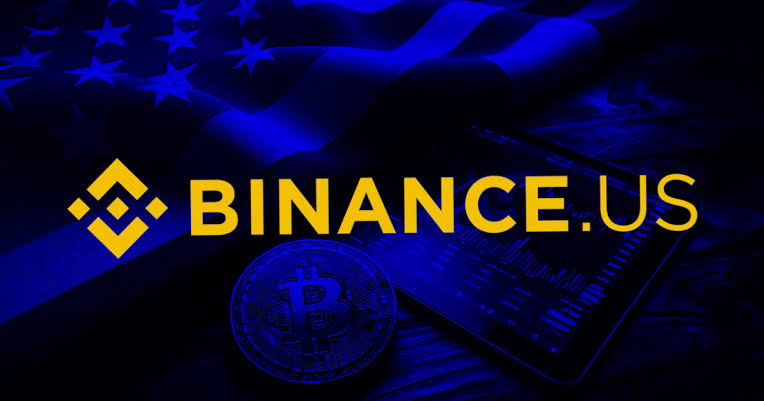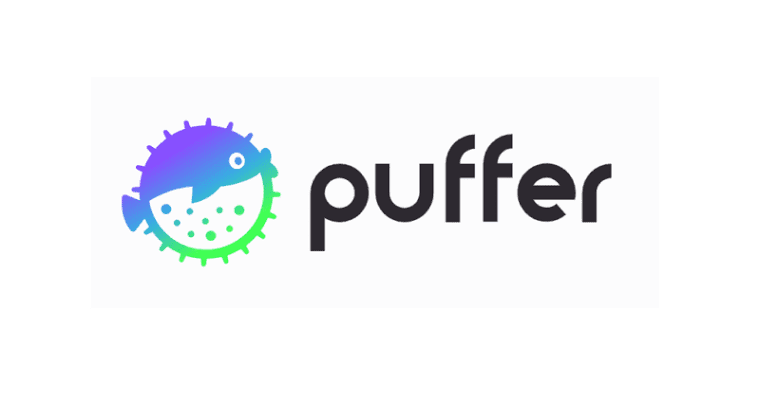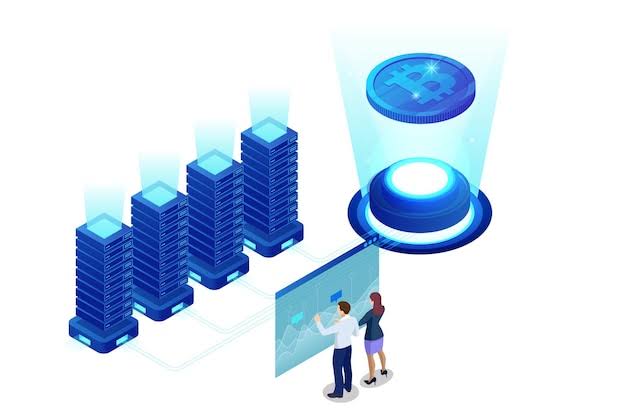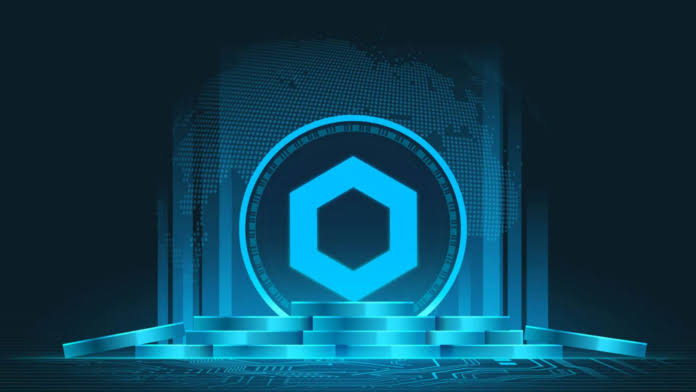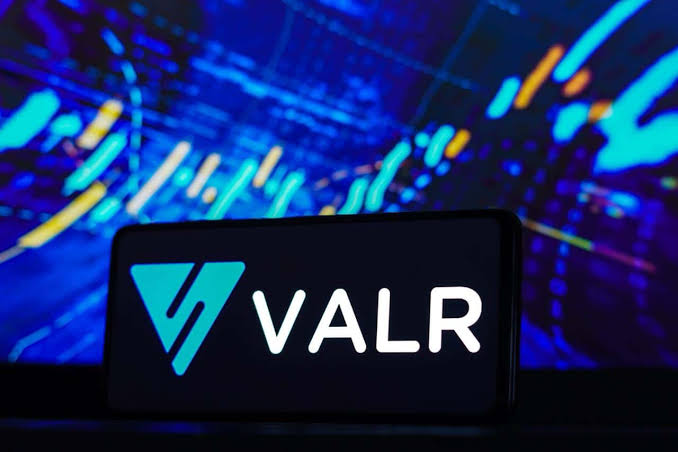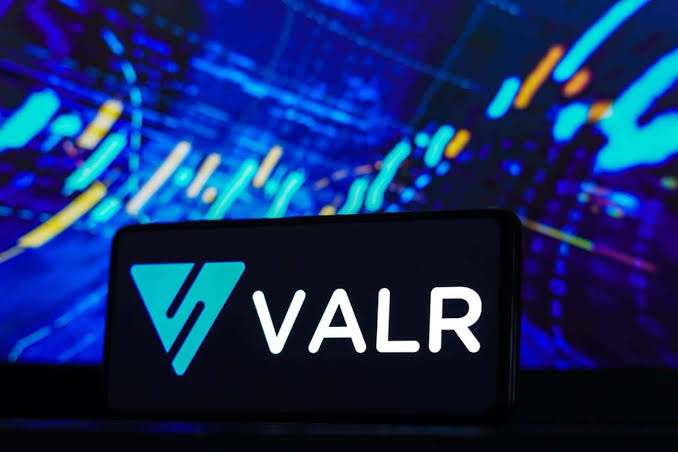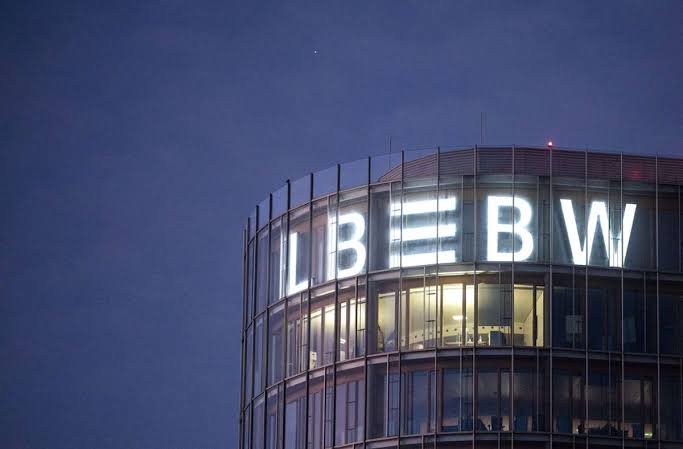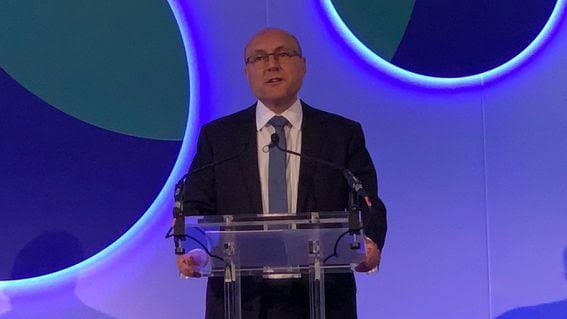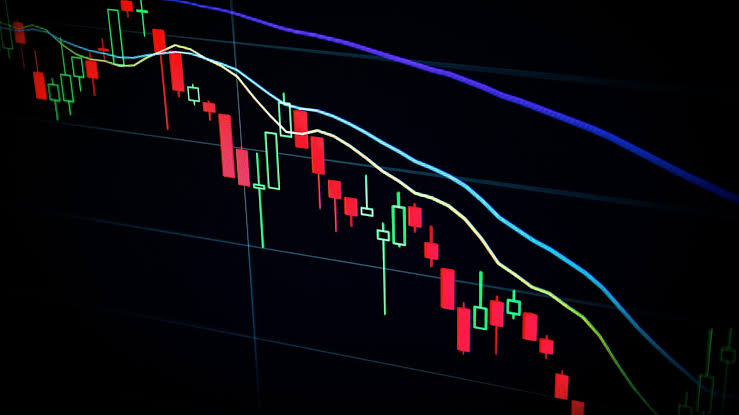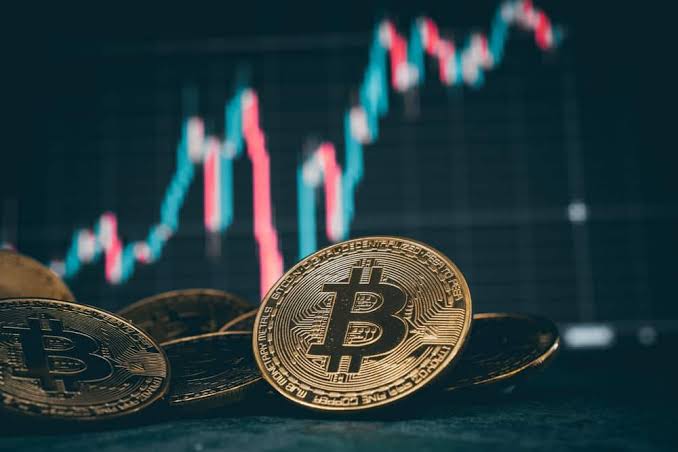Growth in Tokenization Relies on Creating Blockchain-Powered Secondary Markets, Says Moody’s
In a research released on Thursday, Moody’s Investors Service analysts stated that tokenized assets can find a wider audience through secondary markets driven by blockchain technology. Real-world assets are represented on a blockchain through tokenization, and financial institutions all across the world are investigating how this can enhance the effectiveness, affordability, and accessibility of financial markets.As per a previous analysis by the ratings business, tokenization facilitates the division and representation of sizable assets like real estate or private equity into many tokens, hence expanding the investor base. According to Moody’s analysts, while governments and financial institutions have begun experimenting with the issue of tokenized assets, such as Hong Kong’s $100 million green bond last year, there aren’t many secondary markets where these assets may be exchanged after the initial offering.According to the latest analysis, this restricts the adoption of tokenization, although it also notes that secondary markets powered by blockchain are growing significantly. According to the paper, creating secondary markets for blockchain-based securities might boost market data accessibility, improve liquidity management, and speed up settlements. Blockchain and tokenization provide “significant innovations to secondary market structures.” “These blockchain-powered secondary markets address several perceived drawbacks of traditional secondary markets, including limited accessibility of certain asset classes, inefficiencies in settlement processes, and high operational costs,” the report said. The research notes that while these blockchain markets offer the possibility of innovation, there are also legal and technological obstacles. “The technology underpinning these markets, primarily smart contracts, is susceptible to risks such as bugs, rug pulls, price manipulations, and



